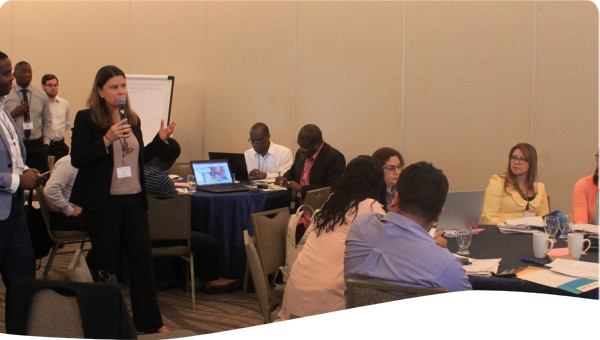Poor management and planning during the construction of the Bargi Dam created severe social issues. The affected people took action by coming together forming a Union, demanding fishing rights and protesting against the complete filling up of the dam which eventually met. This case illustrates the need for proper dialogue and participation with the affected people during the plan stage of any development projects to prevent problems during execution.
The Bargi Dam project in the state of Madhya Pradesh (known officially as the Rani Avanti Bai Sagar Project) was constructed at the village Bargi on the river Narmada, 9 km away from the city of Jabalpur. The multipurpose project was to irrigate 402000 ha of land through the 137 km long left bank and the 95.5 km long right bank canals, and generate 105 MW of power. It was also supposed to be a source of water supply for the city of Jabalpur. The total length and height of the constructed dam is 5380 m and 69.50 m respectively with a maximum water level of 424.26 m and full water level of 422.76 m. The construction of the dam was started in 1971 and completed in the year 1990; in the same year it was filled to its full capacity of 422.76 m. The creation of the dam involved the submergence of a large amount of land, much of which was occupied by people and devoted to agriculture. There was no specific rehabilitation and resettlement policy regarding affected people existing when the RABS project was taken up for construction in 1971. There was, at that time, only a provision for payment of compensation for land and property coming under submergence. This lack of planning for the human problems arising out of the dam construction led eventually to an agitation lasting over several years.
The construction of the Bargi Dam (1971-1990) on the river Narmada affected 27432 ha of land and displaced 5475 families. Initially provision was made only for payment of compensation for land and property. The lack of planning for human problems led eventually to an agitation lasting over several years. On receiving complaints from the affected people the Commissioner of Social Welfare intervened in 1986 and convinced the state to prepare a rehabilitation plan of Rs.100 million (2 million USD). Delay and mismanagement, including rehabilitation work in places not affected by the dam, led to the displaced people coming together to form a Union. Demonstrations began in 1992, demanding fishing rights and protesting against the complete filling up of the dam. In 1994, the Chief Minister met the displaced people, accepted responsibility for rehabilitation, and agreed to some of the demands. To speed up the works, a divisional level planning committee was set up which drew up a rehabilitation plan, but its implementation was held up due to delays in obtaining funding. In 1996, violent demonstrations resumed demanding reduction of the reservoir water level. The Chief Secretary visited the affected area, met the Union, and agreed to demands. The cycle of non-implementation, agitation and subsequent agreement to some demands was repeated in 1997.
Since then rehabilitation work has been carried out in cooperation between the Union and the government. The state has been providing about Rs.14.5 million (0.3 million USD) every year since 1998. A number of rehabilitation steps have been completed, including distribution of residential plots-leases of residential plots have been distributed for resettlement of the displaced people on revenue land, allotment of drawdown land and construction of infrastructure as per the master plan prepared in consultation with the Union. The Narmada Village Development Authority is presently concentrating on monitoring the execution of the works so that the rehabilitation works can be ended. On the whole the displaced people appear satisfied with the measures taken by the government and are cooperating in their implementation.
Need for a well prepared rehabilitation policy to be included in the project plans, which is to be adopted uniformly.
Need for proper dialogue with the affected persons during the plan stage itself to prevent problems during execution.
Need to have some flexibility in rehabilitation policies to allow changes as per local needs, and need for quick decision making at the lowest practical level regarding such changes. The political interventions are required if the process is ineffective in practice.
The routine government style of obtaining funds for executing sensitive rehabilitation projects can lead to resentment among the people resulting in law and order problems. Decentralization of powers to the field level with speedy execution is imperative in such cases.
There is need for cooperative institutions with representative of concerned government departments and displaced people who have shifted to the rehabilitation site to address the grievances of the people in a proper manner.
 Case studies
Case studies


